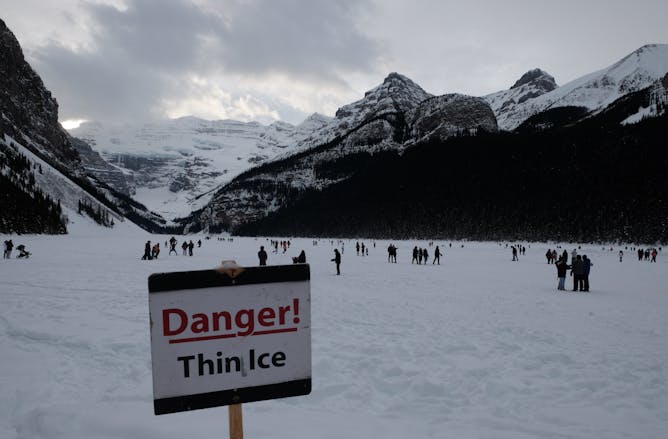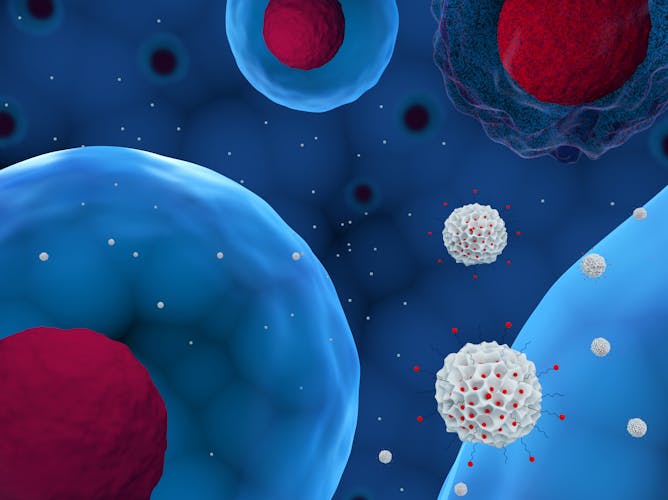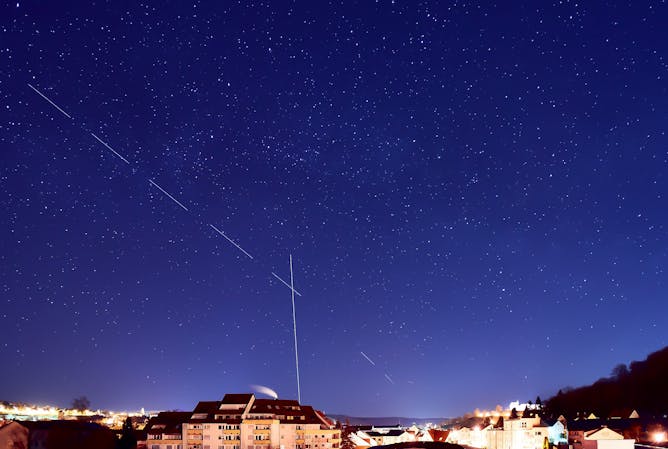|
|
|
|
Climate change has made its mark across different parts of Canada. From heat waves and wildfires to floods and droughts, the effects of climate change have been escalating, intensifying and affecting the ocean, the glaciers, the forests, the prairies and life as we know it. In recent decades, thousands of lakes across the northern hemisphere are seeing the shortest seasons of ice-cover in history. Lake Superior and Lake Erie are beginning to remain ice-free during some winters.
Today in The Conversation Canada, Sapna Sharma from York University, David Richardson from the State University of New York and Iestyn Woolway from the University of Reading, in the United Kingdom, shed light on this disappearing lake ice and its impact. Lake ecology,
northern and Indigenous communities and winter recreation are all being affected. They write: “If the ice cover in northern lakes continues to decline at the same pace, it will have severe ecological and cultural consequences.”
Also today:
All the best,
|

|
Freny Fernandes
Editor
|
|

The decreasing ice cover in northern lakes will severely impact the lake ecology as well as winter recreation activities in the northern region.
(Shutterstock)
Sapna Sharma, York University, Canada; David Richardson, State University of New York at New Paltz; Iestyn Woolway, University of Reading
Lakes in the northern hemisphere are rapidly losing their ice cover due to rising greenhouse gas emissions. The only way to preserve lake ice is to limit GHG emissions and slow down climate change.
|

Canadian Taxpayers Federation former Federal Director Aaron Wudrick announces the winners of the 18th annual Teddy Waste Awards during a news conference on Parliament Hill in 2016.
THE CANADIAN PRESS/Adrian Wyld
Kyle Willmott, Simon Fraser University
When the media consults the CTF, it demonstrates contemporary hostility towards Indigenous nations. Viewing the CTF’s advocacy as a whole demonstrates their orientation very clearly.
|

We interact with nanoparticles in multiple ways every day. The nanoparticles in this illustration are delivering drugs to cells.
(Shutterstock)
Keroles Riad, Concordia University; Sylvie Ouellette, Concordia University
Some vaccine hesitancy is based on a fear of the nanoparticles used in mRNA vaccines. But humans have been interacting with nanoparticles for millennia, and we use nanotechnology-based devices every day.
|

We need a new script about women and HIV.
(Allie Carter)
Allie Carter, Simon Fraser University; Angela Kaida, Simon Fraser University
Can a film’s artful telling of experiences of stigma and HIV, using dance, can help promote empathy and compassion?
|
La Conversation Canada
|

Samantha Lawler, University of Regina
Les mégaconstellations de satellites encombreront visuellement le ciel nocturne, perturbant la recherche astronomique. Et les dommages environnementaux causés par ces satellites sont encore inconnus.
|
COVID-19
|
-
Andre Hudson, Rochester Institute of Technology; Crista Wadsworth, Rochester Institute of Technology
DNA sequencing has allowed researchers to catch new COVID-19 variants hours after receiving the first positive test sample.
|
|
Politics
|
-
Katerina Linos, University of California, Berkeley; Laura Jakli, Harvard University; Melissa Carlson, Stanford University
Government agencies are setting up new websites and phone hotlines to provide information. But those might not be the best ways to engage with people who need help the most.
|
|
Science + Tech
|
-
Mark Lorch, University of Hull
How the innovation of 19th century chemist, Baron von Liebig, led to the first fertilizer, gravy, and mirrored Christmas baubles.
|
|
| |
| |
| |
| |
|
|
|
|
|
|
|